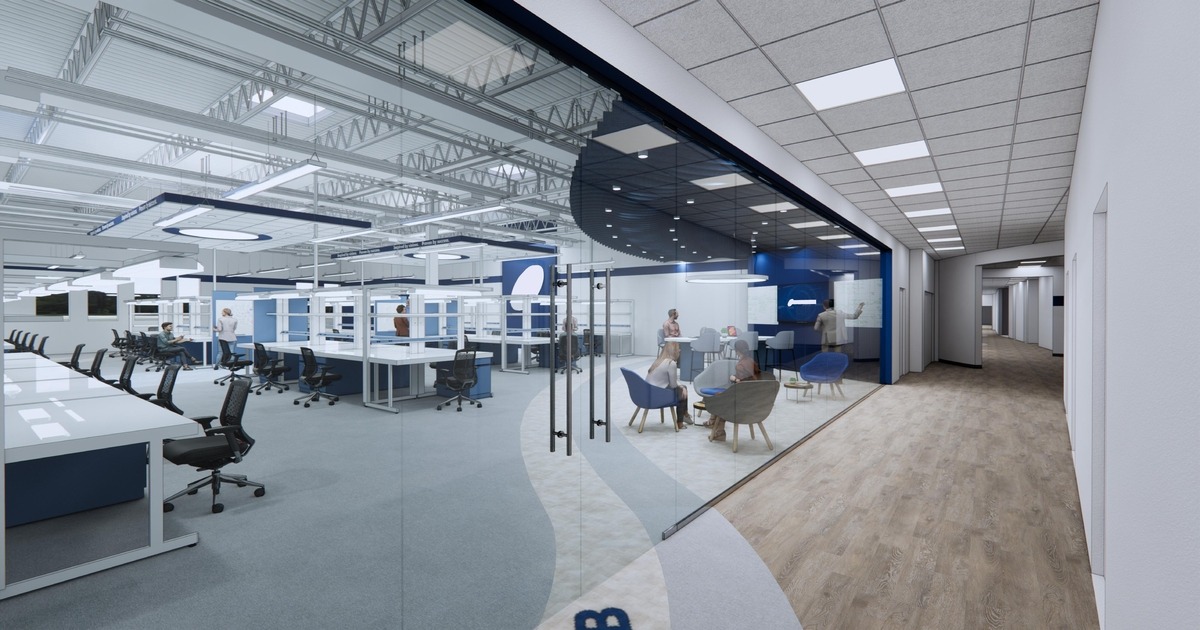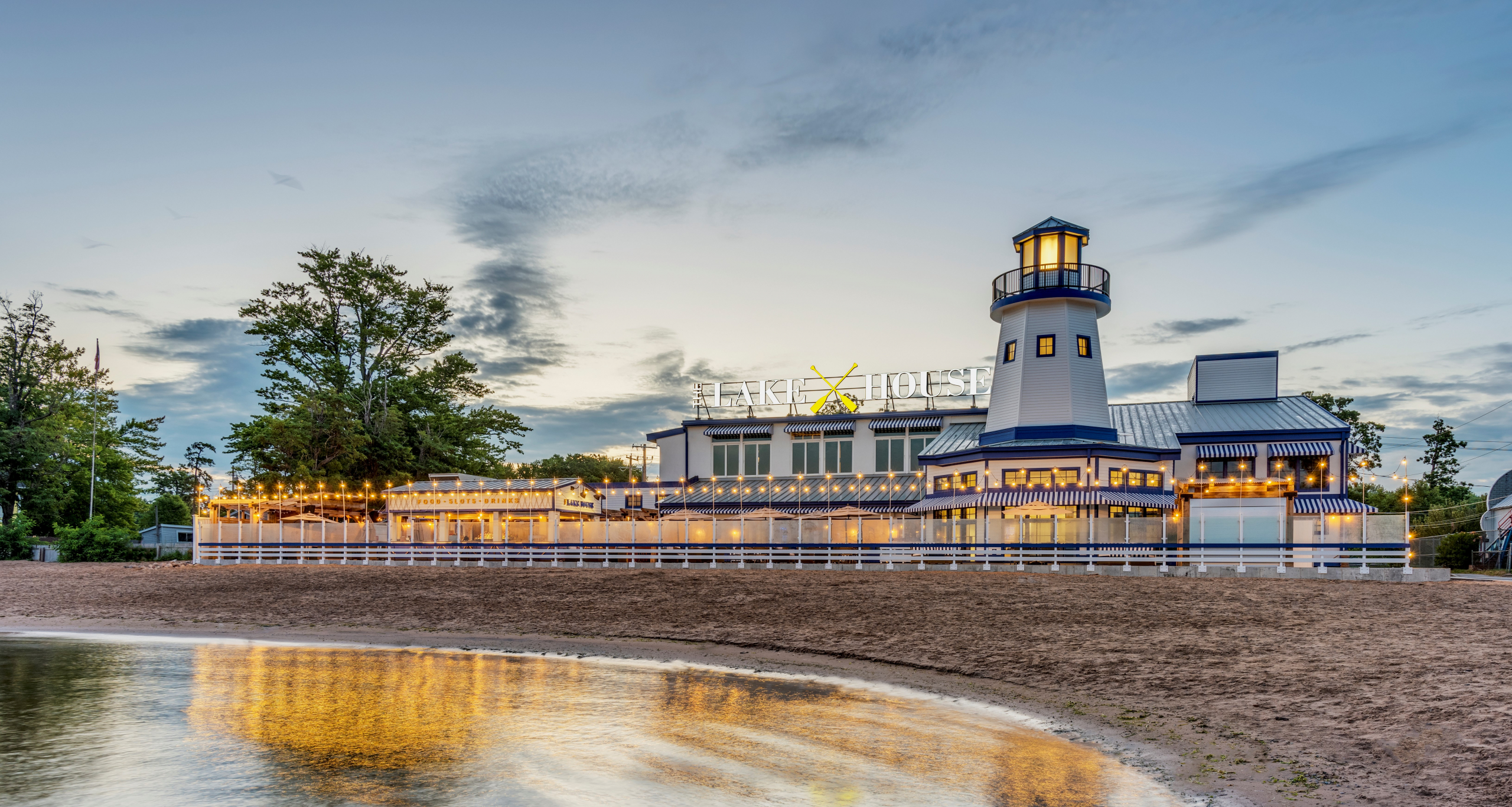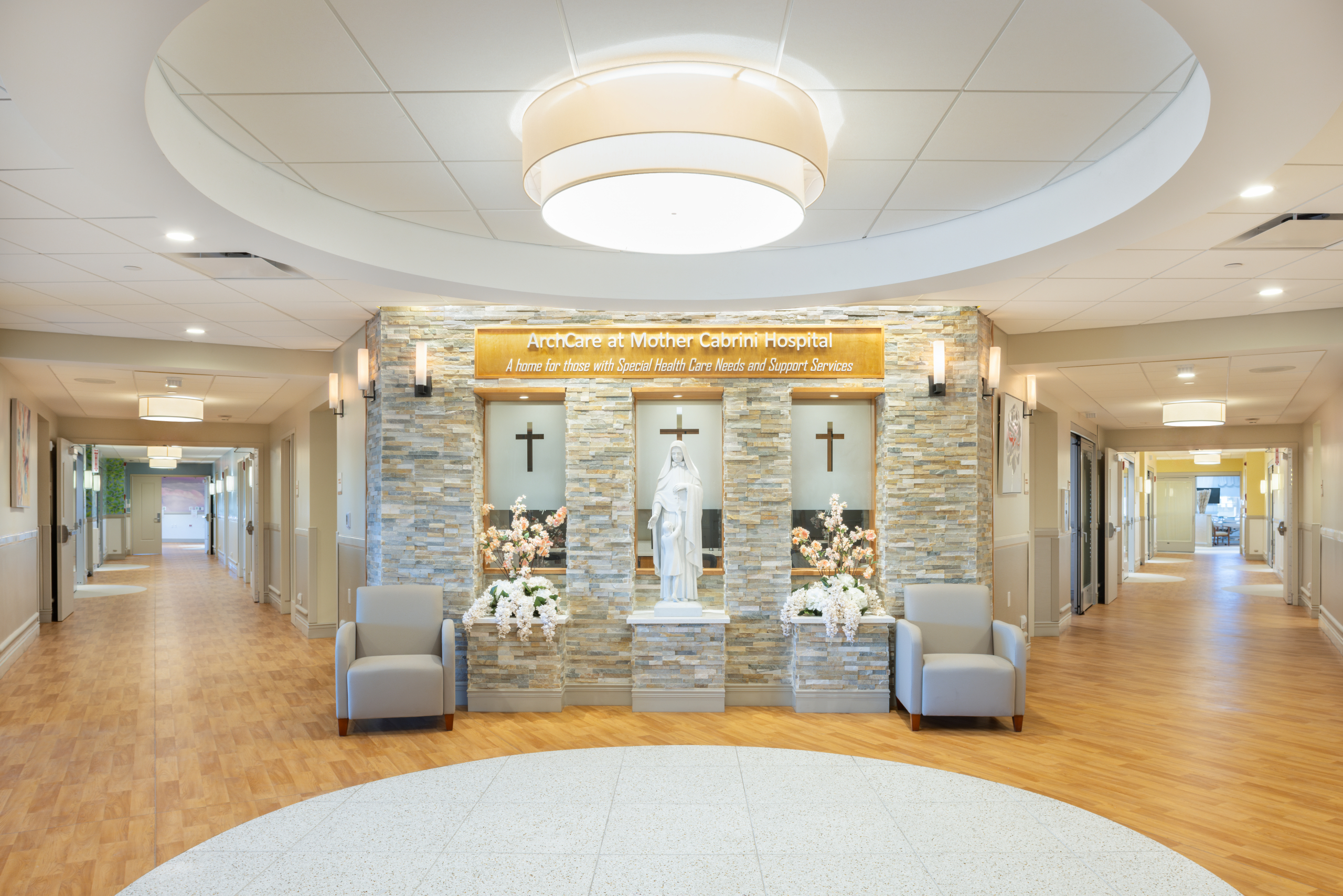
Shaping the Future of Functional Spaces with Industrial Architects
Industrial design is – about creating functional, innovative spaces that drive productivity and efficiency. According to a report by IBISWorld, the U.S. architectural industry generates over $42 billion annually, with industrial design playing a critical role in that growth. Businesses across manufacturing, logistics, and technology sectors depend on industrial design architects to optimize space, improve workflow, and enhance sustainability.
Table of Contents
- What is Industrial Design Architecture?
- The Role of Industrial Design Architects
- Key Elements of Industrial Design
- Benefits of Hiring an Industrial Design Architect
- Future Trends in Industrial Architecture
- Choose Dalpos for Expert Industrial Design Solutions
What is Industrial Design Architecture?
Industrial design architecture focuses on designing and optimizing buildings for industrial use. These structures include factories, warehouses, data centers, and distribution hubs. Unlike commercial or residential architecture, industrial design prioritizes functionality, efficiency, and sustainability.
The Role of Industrial Design Architects
Industrial design architects play a crucial role in ensuring that industrial spaces meet both operational and regulatory requirements. Their responsibilities include:
- Space Optimization: Designing layouts that maximize efficiency and workflow.
- Sustainability: Integrating eco-friendly materials and energy-efficient systems.
- Safety Compliance: Ensuring adherence to industry regulations and safety codes.
- Technology Integration: Implementing automation and smart systems for improved productivity.
Key Elements of Industrial Design
A well-designed industrial space balances functionality, durability, and innovation. Key elements include:
| Element | Purpose |
| Structural Integrity | Ensures the building can withstand heavy machinery and operations. |
| Workflow Efficiency | Optimizes space to reduce production bottlenecks. |
| Energy Efficiency | Reduces operational costs and environmental impact. |
| Safety Measures | Prioritizes worker safety through proper ventilation, lighting, and ergonomics. |
| Scalability | Designs with future expansion in mind. |
Benefits of Hiring an Industrial Design Architect
Hiring an industrial design architect can lead to significant advantages, including:
- Cost Savings: Proper planning minimizes waste and reduces long-term maintenance costs.
- Improved Productivity: A well-structured layout enhances workflow and reduces downtime.
- Sustainability Compliance: Many architects integrate green building practices, reducing environmental impact.
- Regulatory Adherence: Ensures compliance with local and federal building codes.
Future Trends in Industrial Architecture
The industrial design landscape is constantly evolving. Some emerging trends include:
- Smart Factories: AI and IoT-powered automation to improve efficiency.
- Modular Construction: Prefabricated components that speed up project timelines.
- Net-Zero Buildings: Facilities designed to produce as much energy as they consume.
- Biophilic Design: Incorporating natural elements to improve worker well-being and productivity.
Choose Dalpos for Expert Industrial Design Solutions
Industrial design architects are transforming the way businesses operate. With expertise in efficiency, sustainability, and innovation, they create spaces that are both functional and future-ready. Whether you’re planning a new facility or upgrading an existing one, partnering with an experienced industrial design architect can make all the difference.
Contact Dalpos Architects and Integrators today!



